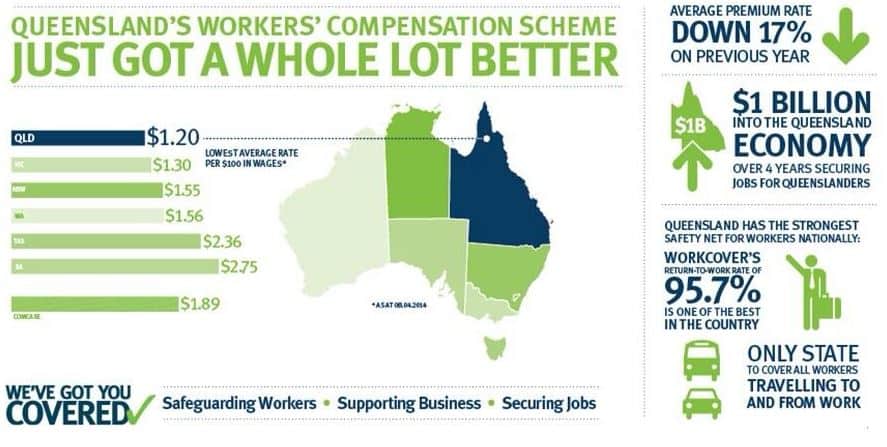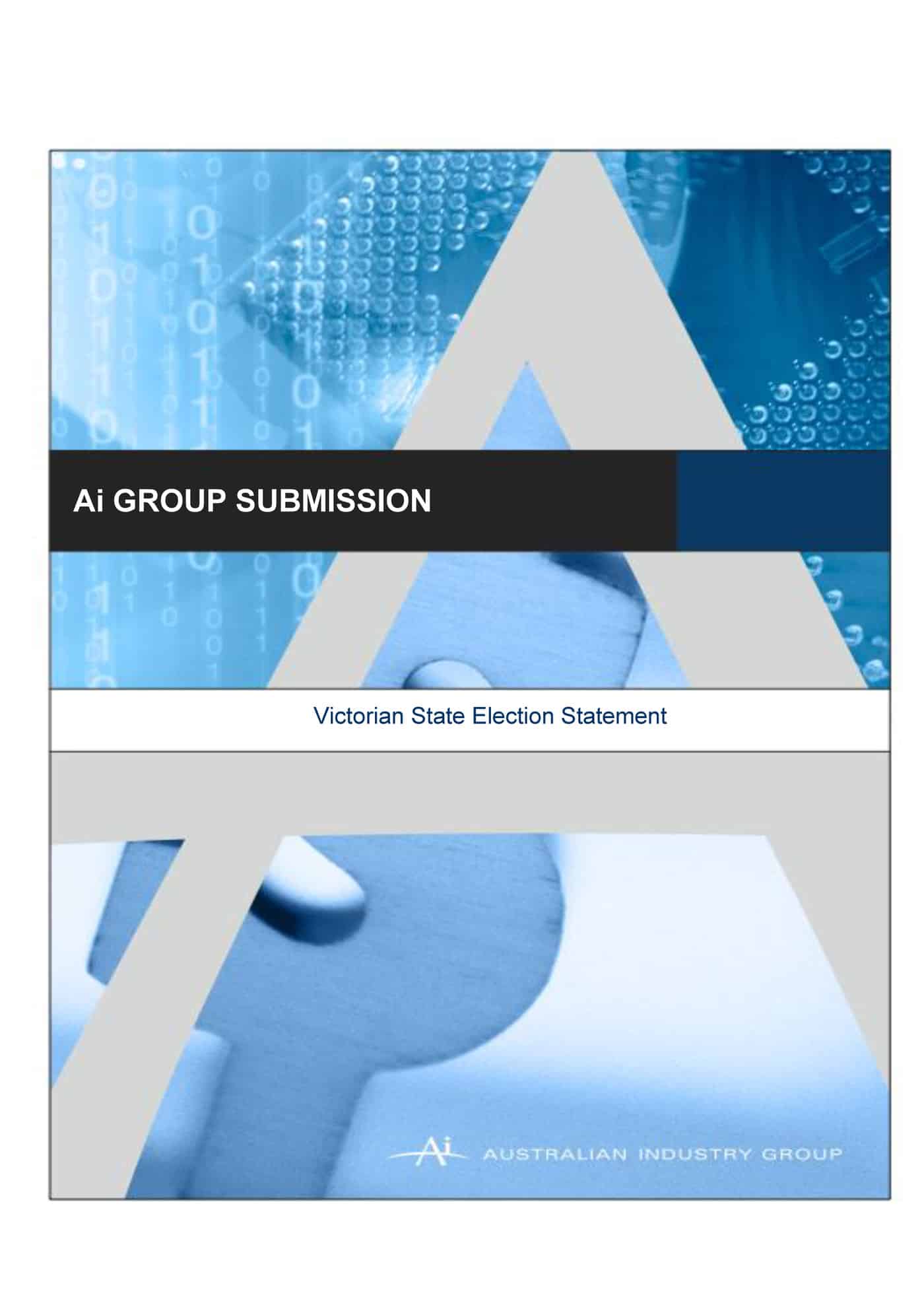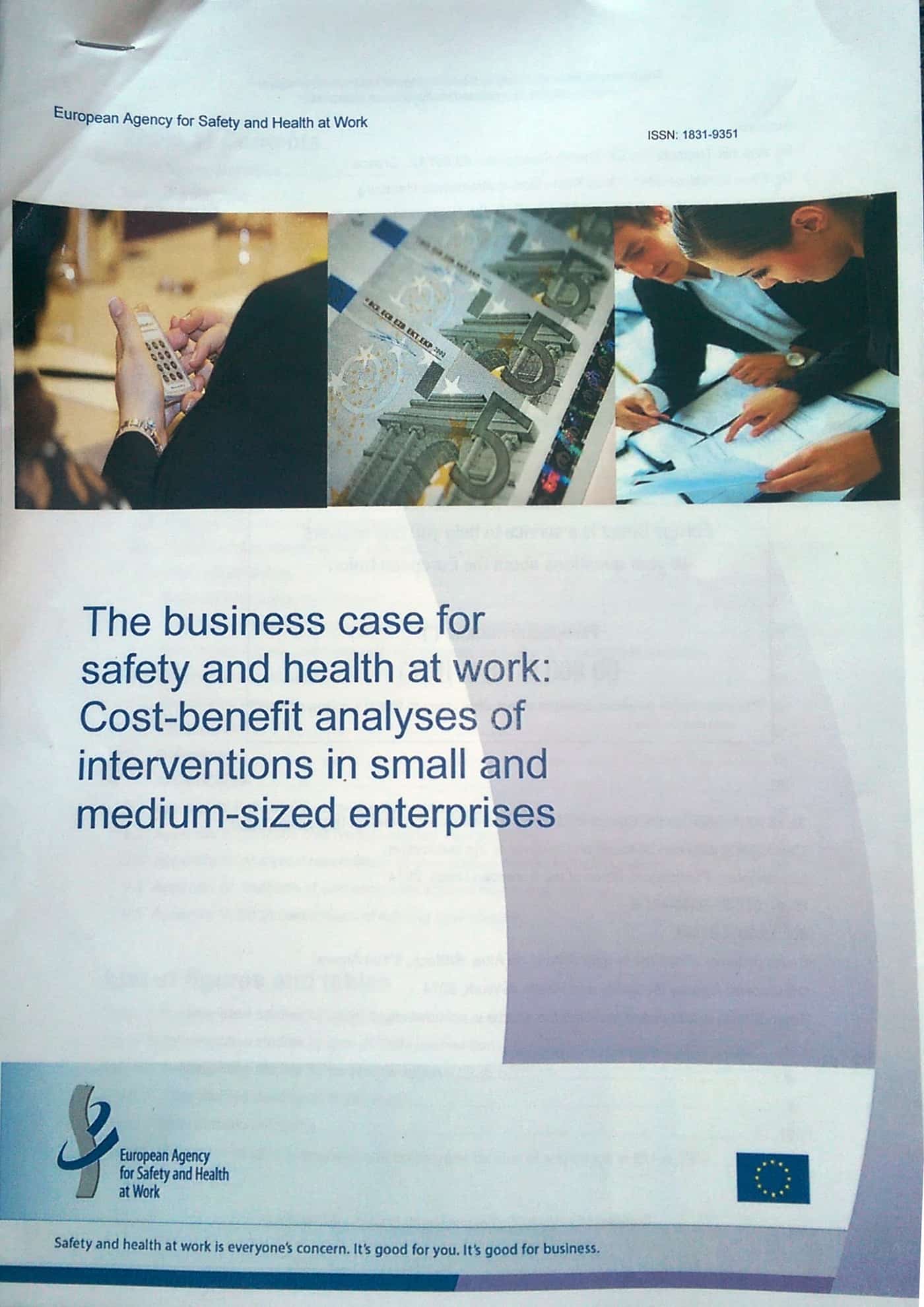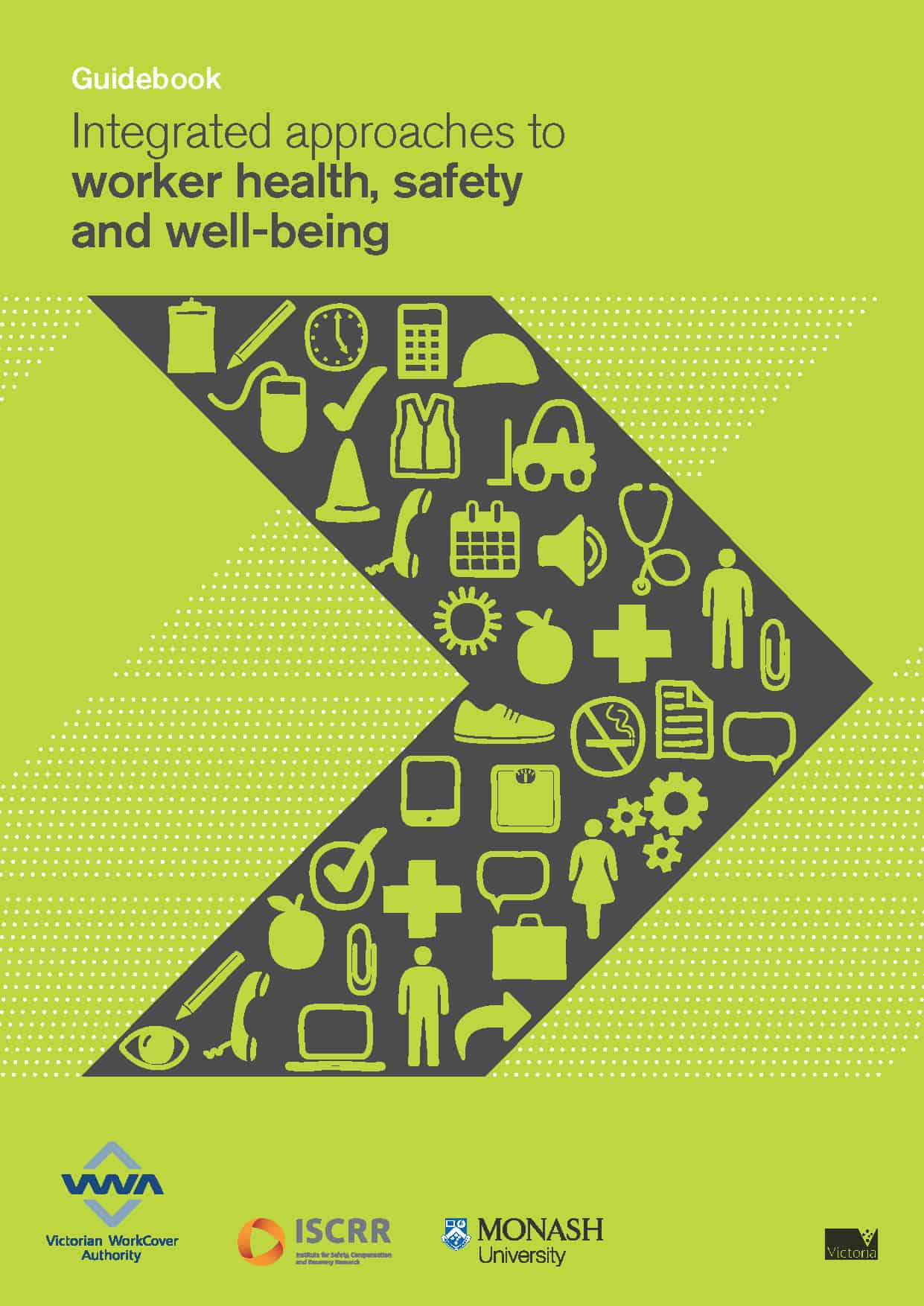The Queensland Premier, Campbell Newman, called a “snap” election for the end of January 2015. On 11 January 2015, Newman tweeted:
“Queenslanders injured at work are covered by Australia’s strongest workers’ compensation scheme.”
This is a further example of political newspeak as what does a “strong” workers’ compensation scheme look like? Newman’s tweet included an image that provides some clarity to his claim.
 Continue reading “Queensland’s workers’ compensation performance is “double plus good””
Continue reading “Queensland’s workers’ compensation performance is “double plus good””


 In developing harm reduction and prevention strategies, the occupational health and safety (OHS) profession likes to look at worst case scenarios on the understanding that dealing with an extreme event introduces mechanisms that deal with lesser events. Partly this is a legacy of
In developing harm reduction and prevention strategies, the occupational health and safety (OHS) profession likes to look at worst case scenarios on the understanding that dealing with an extreme event introduces mechanisms that deal with lesser events. Partly this is a legacy of 
 Later this month, the Victorian WorkCover Authority (VWA) will be releasing a document entitled “Integrated approaches to worker health, safety and well-being” (pictured right, but not yet available online). It is intended to generate discussion on how to improve workplace safety performance by breaking down the walls of various disciplines, production processes, consultative silos and institutional or organisational biases. This document builds on the overseas experience of the
Later this month, the Victorian WorkCover Authority (VWA) will be releasing a document entitled “Integrated approaches to worker health, safety and well-being” (pictured right, but not yet available online). It is intended to generate discussion on how to improve workplace safety performance by breaking down the walls of various disciplines, production processes, consultative silos and institutional or organisational biases. This document builds on the overseas experience of the